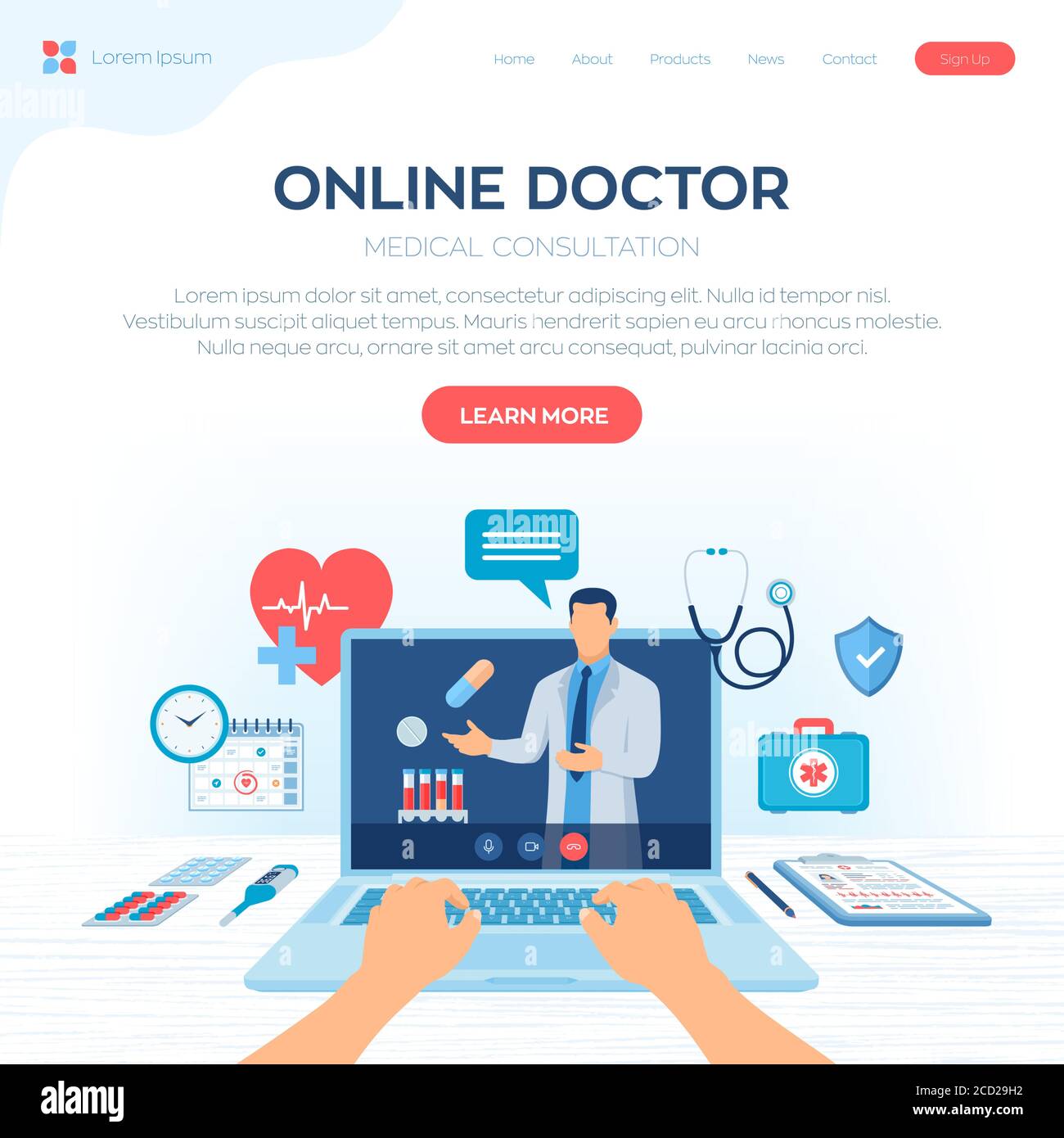Understanding the Cost-Effectiveness of Subscription-Based Health Care Versions
As the healthcare landscape advances, subscription-based versions emerge as a compelling alternative, promising to redefine how people take care of medical expenditures. Examining these versions' cost-effectiveness requires a nuanced comparison with typical insurance, taking into consideration both financial implications and patient complete satisfaction.
Introduction of Subscription-Based Designs
Subscription-based healthcare models, sometimes described as direct main care or attendant medication, are significantly acquiring attention as a possible service to inadequacies within traditional health care systems. These designs run on the principle of offering people direct accessibility to healthcare carriers through a monthly or annual fee, bypassing the requirement for traditional insurance systems. This plan aims to enhance patient-provider interactions by reducing administrative worries, which typically impede timely and customized treatment.
At the core of subscription-based versions is the focus on an extra customized patient experience. Patients profit from enhanced access to their physicians, frequently consisting of next-day or same-day appointments, prolonged consultation times, and direct interaction networks such as phone or video phone calls. This version fosters a positive approach to healthcare, where clients and carriers can collaboratively focus on preventative care and chronic disease management.

Expense Contrast With Typical Insurance

One of the primary monetary advantages of membership models is openness in expenses. Alternatively, standard insurance may be extra beneficial for people calling for specialized care or expensive therapies not covered under a registration model, as they benefit from the broader coverage network and cost-sharing mechanisms.
Nevertheless, cost-effectiveness is context-dependent. While membership versions may provide savings for those largely needing medical care, individuals with chronic problems or specialized medical care demands may locate conventional insurance coverage much more detailed. Examining specific medical care demands and prospective use is important in identifying the most affordable alternative for individuals.
Influence on Individual Complete Satisfaction
Person fulfillment within subscription-based healthcare versions frequently mirrors a substantial improvement over traditional insurance policy systems. This improvement is primarily credited to the individualized treatment and availability these versions provide. People frequently report greater fulfillment because of lowered delay times and the ease of scheduling consultations. Unlike standard systems, where patients might experience hold-ups in obtaining care, subscription-based versions make sure even more direct and timely interactions with doctor.
Moreover, the transparency in costs linked with subscription-based health care alleviates the usual stress connected to unforeseen costs and intricate billing procedures seen in traditional insurance policy (subscription based healthcare). People value recognizing the specific economic commitment upfront, resulting in raised trust and self-confidence in their health care management
In addition, the focus on preventive treatment and wellness in membership models contributes to boosted health and wellness outcomes, additionally improving patient satisfaction. By concentrating on recurring health upkeep as opposed to anecdotal treatment, people experience a more alternative and constant medical care trip.
Furthermore, the enhanced provider-patient connection promoted in these versions, defined by more time invested per patient and personalized attention, plays a crucial duty in elevating client contentment degrees, as people feel truly looked after and understood.
Company Experiences and viewpoints
From the company's perspective, subscription-based healthcare models provide a transformative strategy to delivering clinical services. These models highlight a proactive and preventative medical care technique, enabling providers to concentrate on thorough individual care without the restrictions of typical fee-for-service setups (subscription based healthcare). This shift in emphasis typically results in boosted individual end results and enhanced provider complete satisfaction, as medical care professionals can allot even index more time and resources to person interaction and customized treatment strategies
In addition, subscription models assist in predictable profits streams, which boost financial security for medical care providers. This predictability permits boosted resource planning and appropriation, adding to a more reliable healthcare shipment system. Companies can purchase staff innovation, facilities, and training renovations, thus boosting the top quality of treatment supplied.
However, the change to subscription-based versions is not without difficulties. Carriers must adjust to new operational frameworks, which can include significant changes in billing techniques and client administration systems. Furthermore, there is a fundamental requirement for durable information monitoring to track client end results and guarantee high quality treatment. Regardless of these difficulties, numerous companies discover that the advantages of boosted individual interaction and structured procedures outweigh the first challenges, making subscription-based versions an appealing option.
Future Prospects and Difficulties
A main challenge is governing conformity, as subscription versions need to follow evolving medical care policies and insurance needs. This necessitates continual adaptation and innovation to make certain positioning with lawful requirements. Additionally, incorporating these models right into existing healthcare frameworks can be complex, read the full info here calling for considerable financial investments in innovation and training.
There is additionally the prospective threat of creating injustices in healthcare gain access to, as subscription designs could favor those that can afford them, leaving prone populaces underserved. Addressing this calls for thoughtful consideration of prices approaches click this and subsidy systems to ensure inclusivity.
Final Thought
Subscription-based healthcare models present a practical alternative to conventional insurance coverage by providing monetary predictability and transparency, especially benefiting individuals with chronic problems or constant medical care demands. The cost-effectiveness of these versions is contingent upon private health care usage patterns and situations.
Subscription-based healthcare models, sometimes referred to as straight key treatment or concierge medicine, are increasingly obtaining focus as a prospective service to ineffectiveness within traditional healthcare systems. Unlike typical systems, where individuals may experience delays in obtaining treatment, subscription-based designs ensure even more prompt and direct interactions with medical care carriers.
These designs emphasize a preventative and positive healthcare strategy, enabling companies to focus on thorough client treatment without the restrictions of traditional fee-for-service setups. As these designs proceed to get traction, they use the potential to change patient accessibility to care, enhance solution distribution, and maximize health care spending.Subscription-based healthcare versions offer a viable choice to conventional insurance policy by providing economic predictability and transparency, specifically benefiting individuals with persistent problems or frequent medical care needs.
Comments on “The Future of Medicine: Checking Out Subscription Based Healthcare Designs”